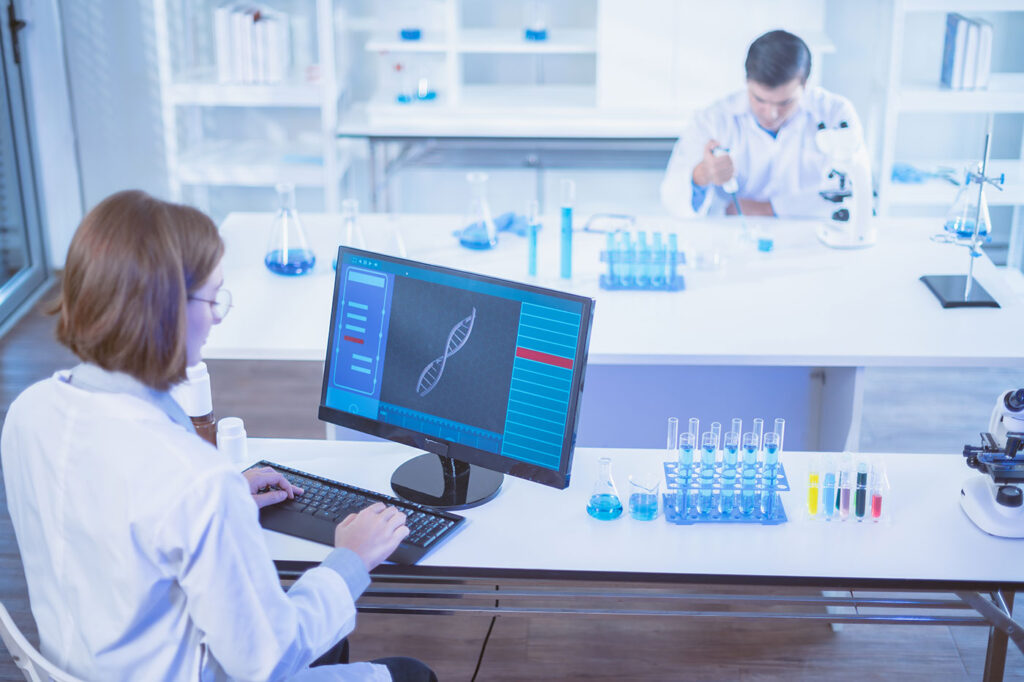Scientists from the Massachusetts Institute of Technology (MIT) have developed the first publicly available model for predicting the long-term stability of a cell type commonly used in biotherapeutic production.
The new model, which uses artificial intelligence (AI), is the first to predict Chinese Hamster Ovary (CHO) cell stability over seventy-two generations, or passages, explains Pedro Seber e Silva, a PhD candidate in the MIT School of Engineering.
“The big new thing is that it’s the first model, available to the public, that predicts long-term CHO stability,” says Seber e Silva. “If you have stable CHO cell lines and stable productivity, then you have more consistent product quality and greater production.”
He adds, “And seventy-two passages [allow] the long-term stability [of the cell line], according to the US FDA’s [definition].”
As CHO cell lines pass through multiple generations, they can decline in productivity. This affects their ability to be used, for example, in perfusion bioreactors, which are highly efficient, but only if used continuously for months at a time, he explains.
For a cell line to be designated stable by the FDA he explains, the cells need to retain at least 70% of their original productivity for at least 70 passages.
However, according to Seber e Silva, who spoke about his work at the 17th Annual Bioprocessing Summit, most models openly available to researchers and biotech companies cover only short periods—about 15 to 25 passages, or a fortnight of subculturing.
“Seventy-two is a pretty critical number for passages because then you can say the cell line is stable,” he says.
The new AI model uses epigenetic data to predict long-term CHO stability and relies on machine learning techniques, such as random forest.
“You can download and use it with a CSV [file] of epigenetic data, and it will tell you if [the cell line] is stable or not,” he says.
Seber e Silva also has an accompanying academic paper in review and is now hoping to move on to adding additional epigenetic, genetic, bioreactor, and other forms of data to the model.
“Bioreactor conditions play an important role in stability because even a temporary lack of a feedstock can create metabolic shifts, which play a role in instability,” he says.
“By integrating more data, we can create an even more accurate model.”
The code will be freely available to download from GitHub once the paper is released.



